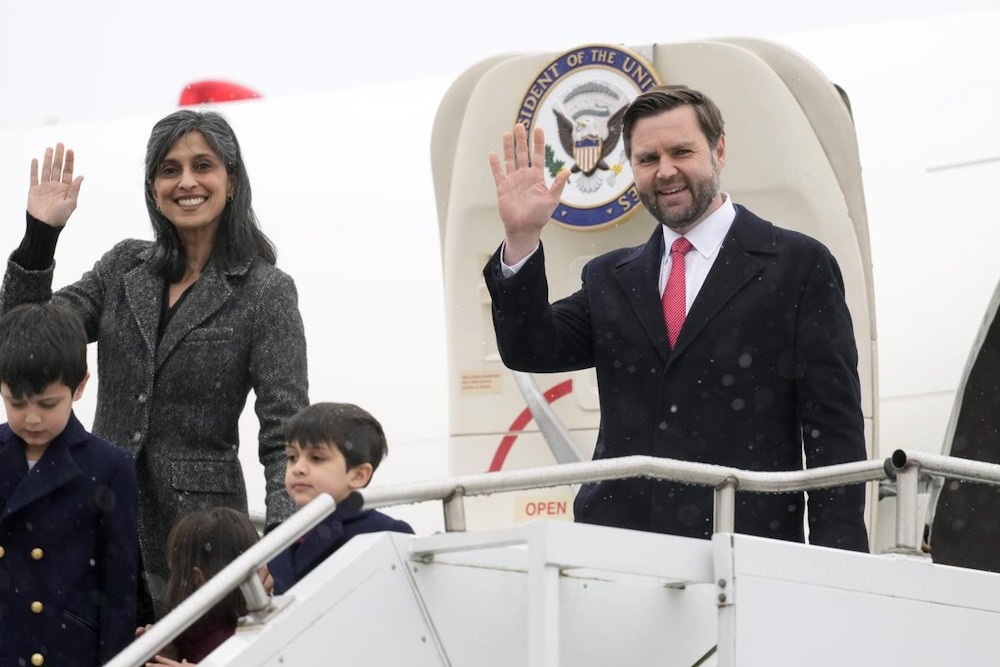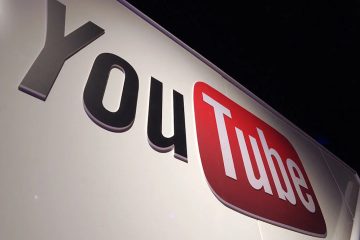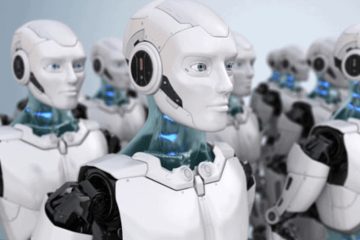JD Vance perceives an India that the United States can collaborate with

During his inaugural visit to India, Vice President JD Vance engaged in a dinner with Indian Prime Minister Narendra Modi, revealed advancements in negotiations for a bilateral trade agreement between the nations, and made a favorable comparison of New Delhi to Western capitals. “There’s a vitality to India, a sense of infinite possibility,” Vance remarked in a speech while on a four-day visit accompanied by his Indian-American wife Usha Vance and their three children. “It’s a striking contrast with too many in the West, where some in our leadership class seem stricken by self-doubt and even fear of the future.” Vance asserted that the relationship between the U.S. and India would define the 21st century. The pride of the South Asian nation in its history and culture, he noted, stood in stark contrast to Western countries that adopted the “same bland, secular, universal values.”
In contrast, on his initial trip to Europe following his inauguration, the vice president criticized the continent’s leaders, charging them with stifling free speech and disregarding the electorate’s desires regarding matters like mass migration. Under Modi, India has advanced its Hindu-majority identity, and critics argue that the rights of the country’s religious minorities, particularly its substantial Muslim population, have diminished during the hard-right leader’s tenure of over a decade.
In recent years, India and the U.S. have strengthened their relationship as trade partners and defense allies, aiming to counter the rising influence of an increasingly expansionist China. New Delhi is urgently working to finalize an early trade agreement with the U.S., its largest trade partner, ahead of the expiration of a 90-day pause on high tariffs that was announced by the Trump administration and is set to end in July. The reciprocal tariffs in question would impose duties of 26% on exports from India. In previous statements, President Trump has referred to India as a “tariff king.” The U.S. and India have declared that they have reached an agreement on the general terms for negotiations regarding a potential bilateral trade deal, subsequent to Vance’s meeting with Modi on Monday evening. The Office of the U.S. Trade Representative indicated that the U.S. would pursue enhanced market access, reduced tariffs and non-tariff barriers, along with a “robust set of additional commitments.”
During Modi’s visit to Washington, D.C. in February, the Indian leader and Trump articulated their objective to elevate bilateral trade to $500 billion by 2030, representing a nearly fourfold increase from current levels. To date, neither party has revealed specifics regarding their demands or proposals. In a report in March, the Office of the U.S. Trade Representative detailed various nuisances constraining U.S. trade with India in addition to elevated tariffs. These encompass technical or quality measures that restrict or constrain exports, along with compliance inspections that hinder business operations. The report also highlighted that India imposes distinct regulations on foreign e-commerce companies compared to domestic rivals regarding the products they are permitted to offer on their platforms.
In the interim, significant Indian acquisitions of U.S. products—ranging from Boeing aircraft for commercial airlines to GE engines intended for domestic military manufacturing—have encountered postponements. Vance stated on Tuesday that the U.S. intends to enhance co-production of defense equipment with India, elevate energy exports to India, and assist New Delhi in exploring its own offshore natural-gas and critical-mineral resources. He urged India to increase its purchases of American ethanol. “This administration recognizes that cheap dependable energy is an essential part of making things,” Vance stated. It represents “an essential part of economic independence for both of our nations.”
He also raised a liability law that has dissuaded U.S. companies from investing in nuclear power plants in India. Officials in India have indicated in recent weeks their intention to revise the law that currently assigns liability to suppliers for incidents occurring at power plants in which they are involved in the construction. Vance’s remarks provided additional comfort to Indian officials and policy experts who have identified opportunities for India stemming from the tariffs initiated on Trump’s “Liberation Day.” Should the reciprocal tariffs be implemented at the stated rates, India would encounter significantly lower tariffs compared to China or even Vietnam. The trade deficit between the U.S. and India reached approximately $46 billion in 2024.
The U.S. vice president issued a caution regarding the potential consequences should the two nations not collaborate effectively. “I also believe that if we fail to work together successfully, the 21st century could be a very dark time for all of humanity,” he stated. At the conclusion of his address, Vance remarked that his three children—aged 3, 5, and 7—have developed a notable fondness for only two of the global leaders they have encountered to date: Trump and Modi.
During Vance’s initial encounter with Modi at an artificial-intelligence conference in Paris in February, the prime minister notably took the time to wish his son Vivek a happy fifth birthday and presented him with a gift. “The great thing about kids is they are brutally honest,” Vance remarked. “Our children simply have an affinity for him.”










